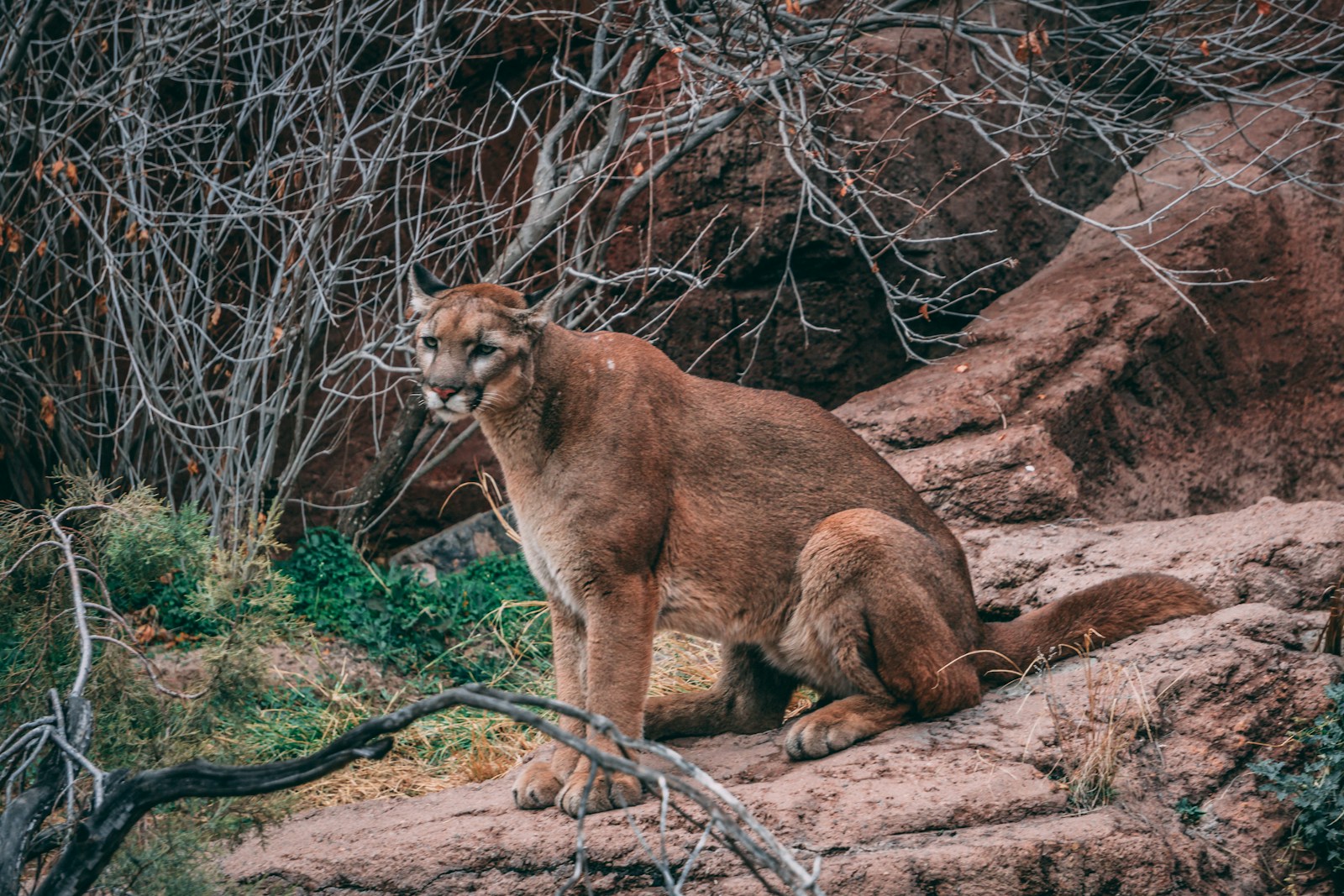Mountain lions, also known as cougars or pumas, are majestic predators that roam many wilderness areas across the Americas. While these solitary cats typically avoid human interaction, accidental encounters can occur in their natural habitat. The key to staying safe lies not in fearing these magnificent creatures, but in understanding how to prevent surprising them. Most mountain lion attacks happen when the animal feels cornered, threatened, or startled. By implementing proper hiking practices and maintaining awareness, you can significantly reduce the risk of an unexpected encounter and enjoy the great outdoors safely. This guide provides comprehensive strategies for coexisting with mountain lions while hiking in their territory.
Understanding Mountain Lion Behavior

Mountain lions are naturally elusive predators that prefer to avoid human contact whenever possible. These solitary cats are most active during dawn, dusk, and night hours when they hunt for prey such as deer, smaller mammals, and occasionally livestock. Mountain lions are ambush predators, relying on stealth and surprise to capture prey, which explains why surprising one can trigger a defensive response. They typically establish large territories spanning up to 100 square miles for males and smaller ranges for females. Understanding these behavioral patterns helps hikers recognize when they’re in potential mountain lion territory and take appropriate precautions.
Research Your Hiking Location

Before embarking on any hike, thoroughly research your destination to determine if it’s within known mountain lion territory. Contact local park rangers, wildlife offices, or visit official park websites to gather information about recent mountain lion sightings or activity in the area. Many parks post warning signs at trailheads when mountain lions have been spotted nearby. Understanding the wildlife patterns specific to your hiking location allows you to prepare appropriately and remain vigilant in high-activity areas. Some regions may have seasonal variations in mountain lion behavior, particularly during breeding seasons or when females are raising cubs, making this research crucial for safety planning.
Hike in Groups Whenever Possible
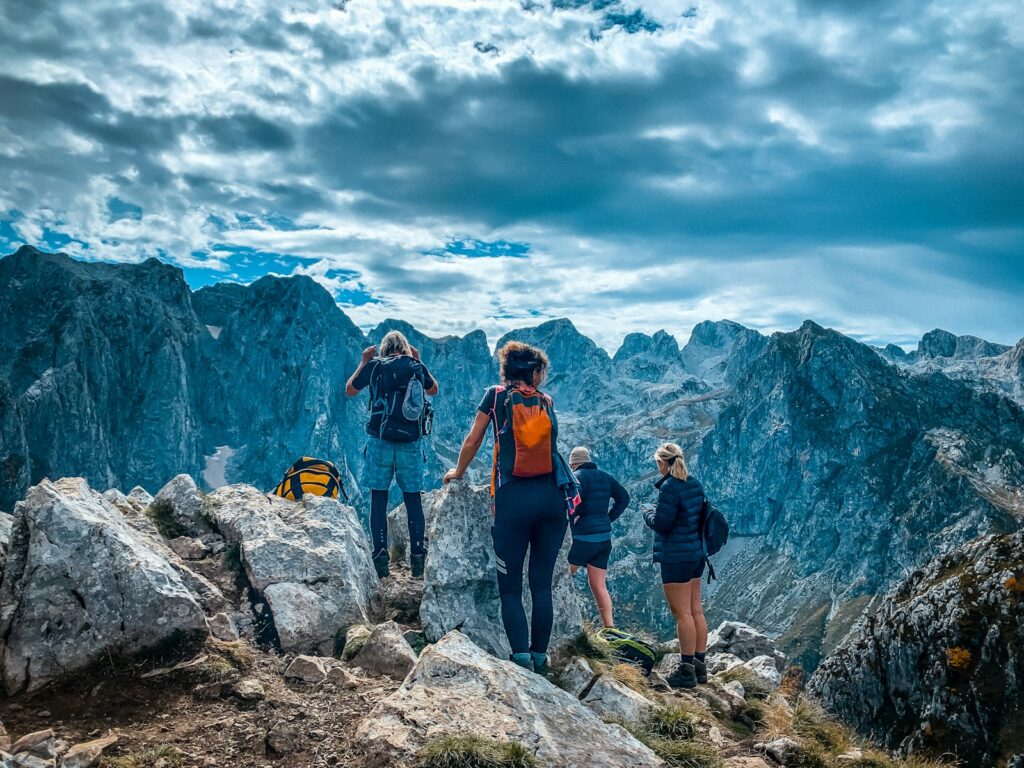
One of the most effective ways to deter mountain lions is to hike with companions rather than venturing out alone. Mountain lions are significantly less likely to approach groups of people, as they perceive them as more threatening and less vulnerable than solitary hikers. When hiking in a group, maintain conversation at a reasonable volume to alert wildlife to your presence from a distance. If you must hike alone, consider carrying a whistle or occasionally calling out to make your presence known in areas with limited visibility. Children should always be kept close and supervised in mountain lion country, as their small size and unpredictable movements may trigger a predatory response.
Make Your Presence Known

Mountain lions prefer to avoid human encounters, so making your presence known while hiking significantly reduces the chance of surprising one. Speak in a normal voice, sing, or periodically clap your hands when approaching blind corners, dense vegetation, or areas with limited visibility. Some hikers attach bells to their packs or walking sticks to create a consistent noise while moving through the wilderness. Unlike bears, mountain lions don’t typically investigate strange sounds out of curiosity, instead often choosing to retreat from unfamiliar human noises. Remember that being unnecessarily loud can disturb wildlife and other hikers, so maintain a reasonable volume that carries just far enough to alert nearby wildlife.
Stay Alert and Aware of Your Surroundings

Maintaining constant awareness is crucial when hiking in mountain lion territory. Avoid using headphones or becoming distracted by phones and other devices that prevent you from hearing or noticing your surroundings. Regularly scan the landscape, particularly focusing on rock outcroppings, tree branches, and dense underbrush where mountain lions might rest or hide. Pay attention to the behavior of other wildlife; deer, birds, or squirrels that suddenly appear agitated or flee without obvious cause might indicate a predator’s presence nearby. Notice tracks, scat, partially covered animal carcasses, or scratched trees, which may signal that you’ve entered an active mountain lion territory and should exercise increased caution.
Stick to Open Trails and Avoid Hiking at Prime Hunting Times

Mountain lions are ambush predators that prefer areas with cover and limited visibility for hunting. Whenever possible, stick to established, wide trails rather than bushwhacking through dense vegetation where visibility is compromised. Plan your hikes to avoid dawn, dusk, and nighttime hours when mountain lions are most actively hunting. If you must hike during these times, exercise heightened awareness and consider bringing additional companions. Open areas provide better visibility both for you to spot wildlife and for mountain lions to identify you as human rather than prey. When resting during your hike, choose open areas with good sightlines rather than sitting against large rocks or near dense brush where a lion could approach undetected.
Watch for Mountain Lion Signs
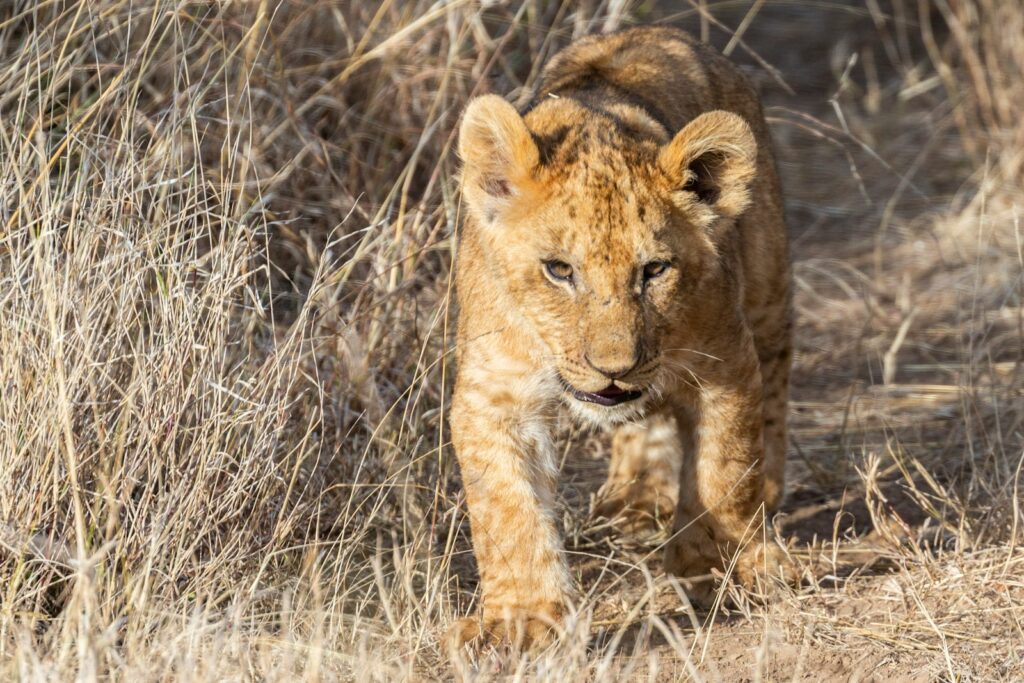
Learning to recognize evidence of mountain lion activity can help you avoid areas where encounters are more likely. Mountain lion tracks resemble large cat prints without claw marks (unlike canine tracks) and measure approximately 3-4 inches wide. Their scat often contains hair and bone fragments and is typically segmented, similar to house cat droppings but much larger. Fresh kills that are partially covered with dirt, leaves, or pine needles are a strong indicator of mountain lion presence, as these cats often cache their prey to return to later. Scratch marks on trees (usually about 4-8 feet up the trunk) are territorial markings that signal you’re in an established mountain lion territory and should proceed with increased caution.
Keep Dogs on Leash
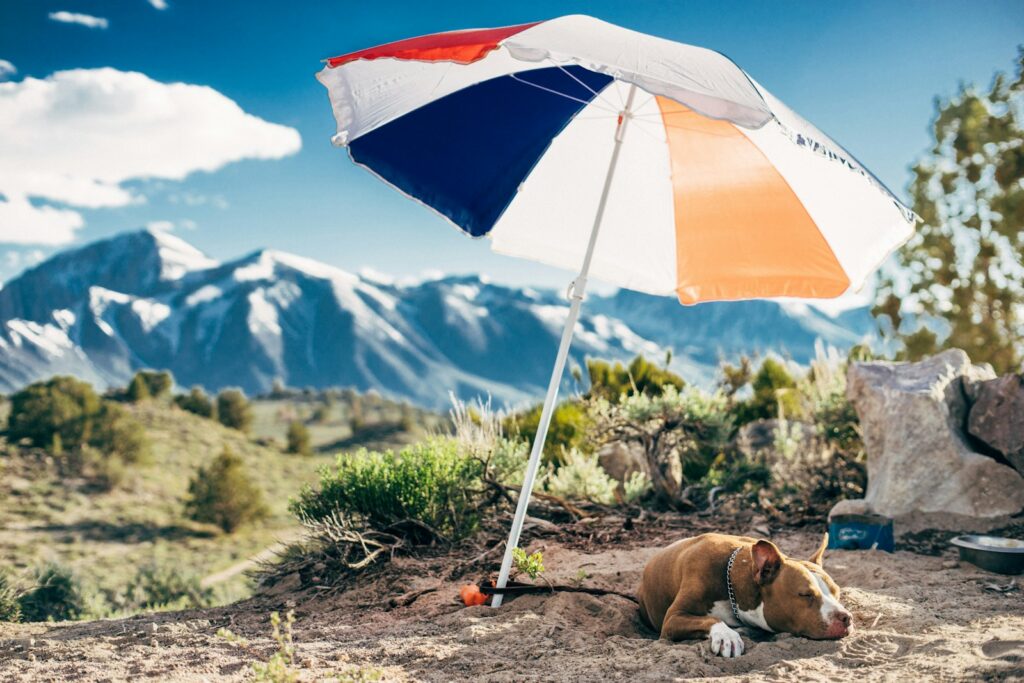
Dogs can either attract or provoke mountain lions, making proper pet management essential when hiking in cougar country. Always keep dogs leashed in areas where mountain lions may be present, as free-roaming pets might encounter a lion and then lead it back to you when retreating. A dog’s excited behavior during a chase might trigger a mountain lion’s predatory instinct, potentially creating a dangerous situation for both the pet and owner. Medium to small dogs may be perceived as prey, while larger dogs could be viewed as territorial competitors. Some documented mountain lion attacks on humans have occurred when people intervened to protect their pets, highlighting the importance of maintaining control of your dog at all times.
Properly Manage Children on the Trail

Children require special protection and supervision when hiking in mountain lion territory due to their small size and unpredictable movements. Keep children within arm’s reach at all times and teach them proper wilderness behavior, including staying close to adults and avoiding running or wandering ahead on trails. Consider placing children in the middle of your hiking group rather than at the front or back, providing maximum protection from potential wildlife encounters. Teach children what to do if they spot a mountain lion—stand still, appear large, and move slowly to an adult—rather than running, which could trigger a chase response. Children should be instructed to immediately alert adults if they notice any wildlife, rather than investigating on their own.
Carry Appropriate Safety Tools

While prevention is the primary strategy, carrying certain safety tools can provide additional protection and peace of mind when hiking in mountain lion country. Bear spray (pepper spray specifically formulated for deterring large predators) has proven effective against mountain lions and should be carried in an easily accessible location. A walking stick or trekking poles can be used to make yourself appear larger and can serve as a defensive tool if necessary. Some hikers carry air horns or whistle blasts for intimidation in case of close encounters. Familiarize yourself with any safety tools before your hike, ensuring you can access and use them quickly under stress, as fumbling with unfamiliar equipment during an encounter could exacerbate a tense situation.
Avoid Crouching or Bending Over

Your posture on the trail can significantly influence how a mountain lion perceives you. Avoid crouching, squatting, or bending over for extended periods, especially when in areas with limited visibility or known mountain lion activity. These positions make you appear smaller and more similar to a four-legged prey animal, potentially making you more attractive as a target. If you need to tie your shoes or adjust your pack, stand up frequently to scan your surroundings and maintain your human profile. When resting during a hike, sit on elevated surfaces rather than directly on the ground to maintain height advantage. Parents should pick up small children rather than crouching beside them when in areas where mountain lions might be present.
Know What To Do If You Encounter a Mountain Lion
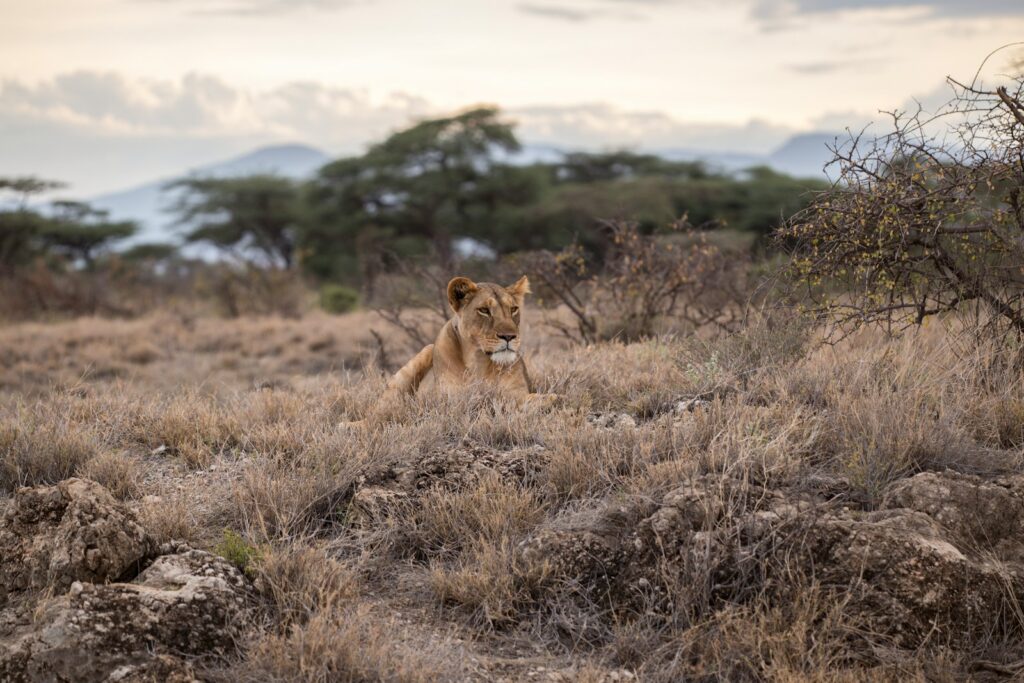
Despite taking all precautions, encounters can still occur, making it vital to know proper response strategies. If you spot a mountain lion, maintain eye contact, stand tall, and appear as large as possible by raising your arms and opening your jacket if wearing one. Speak firmly in a loud voice while backing away slowly—never run, as this may trigger a chase response. If hiking with others, stand together to present a more intimidating united front. Give the lion a clear escape route and never approach it or corner it. In the extremely rare case of an attack, fight back vigorously using whatever is available—sticks, rocks, hiking poles, or bare hands—targeting sensitive areas like the eyes and nose, as most mountain lions will abandon an attack if their prey proves too difficult.
Report Sightings to Authorities

Responsible hikers contribute to public safety by reporting all mountain lion sightings to appropriate authorities. Contact park rangers, wildlife management offices, or local conservation officers with details about when and where you spotted the animal, its behavior, and any interaction that occurred. This information helps authorities track mountain lion movements, identify potentially problematic behavior, and warn other visitors if necessary. Reporting sightings also contributes valuable data to wildlife conservation efforts and research projects monitoring mountain lion populations. Many parks and wildlife agencies have established online reporting systems or hotlines specifically for predator sightings, making it easier than ever to share this important information.
In conclusion, hiking in mountain lion territory can be done safely with proper knowledge and preparation. By understanding mountain lion behavior, remaining vigilant, and taking appropriate precautions, you can significantly reduce the chance of surprising these magnificent predators. Remember that mountain lions generally avoid human interaction, and attacks are extremely rare. Most encounters end without incident when hikers respond appropriately. By respecting these animals’ territory and following the guidelines outlined above, you can enjoy the wilderness safely while coexisting with one of nature’s most impressive predators. The wilderness belongs to all creatures—with proper respect and preparation, both humans and mountain lions can share these spaces peacefully.

